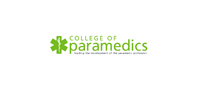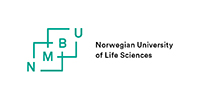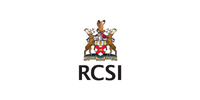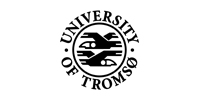The reverse spiral bandage is usually only used to fix bandaging material if the use of an elasticated bandage is not permitted.
Material
Non-elasticated roller bandage:
- Child’s Arm: 4-6 cm wide.
- Child’s Leg: 4-8 cm wide
- Adult’s Arm: 6-8 cm wide
- Adult’s Leg: 8-10 cm wide.
Procedure
- Place the start of the roller bandage diagonally across the wrist [Figure 45].
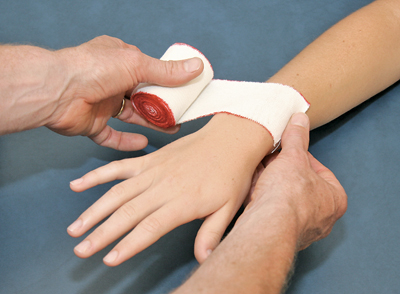 Figure 45
Figure 45
- Make a circular turn around the wrist [Figure 46].
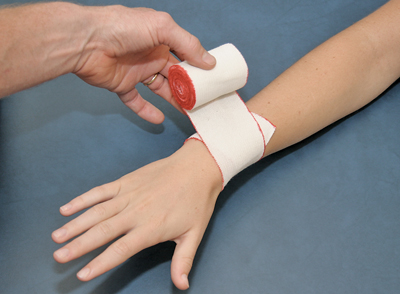 Figure 46
Figure 46
- Fold the protruding part of the start of the roller bandage across this circular turn [Figure 47].
- This manoeuvre prevents the bandage from slackening when the next turn is tightened.
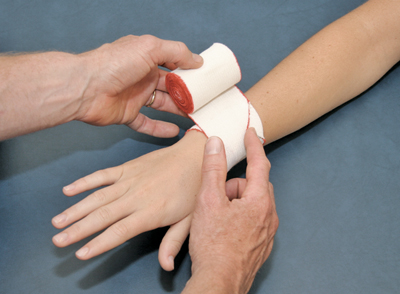 Figure 47
Figure 47
- Cover the fold with a circular turn.
- Carry out spiral turns until the arm’s diameter starts to increase [Figure 48].
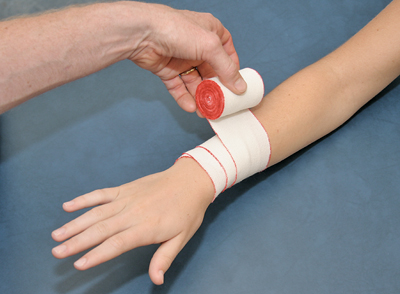 Figure 48
Figure 48
- Place your thumb on the side of the arm on the bandage [Figure 49].
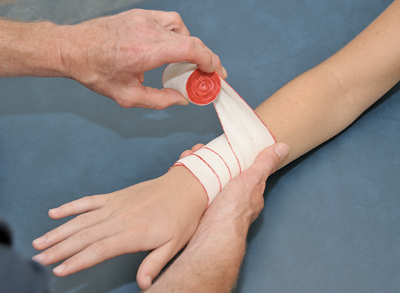 Figure 49
Figure 49
- Fold the bandage at the thumb by turning the bandage roll by 180° [Figure 50].
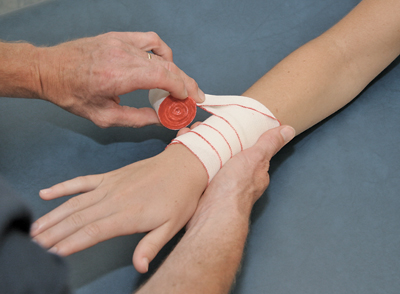 Figure 50
Figure 50
- Apply half a spiral turn and repeat the reverse spiral turns until the arm is sufficiently covered [Figure 51].
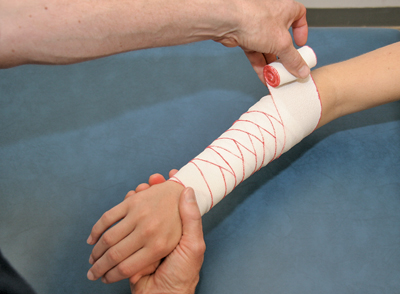 Figure 51
Figure 51
- Finish the bandage with at least two circular turns.
- Fix the end of the bandage roll on the last circular turn.
The reverse spiral bandage has been correctly applied if:
- The limb has been bandaged in the distal to proximal direction.
- The reverse spiral turns are not applied to the injured side of the arm.
- The reverse spiral turns have been applied in a regular pattern (herringbone pattern).



